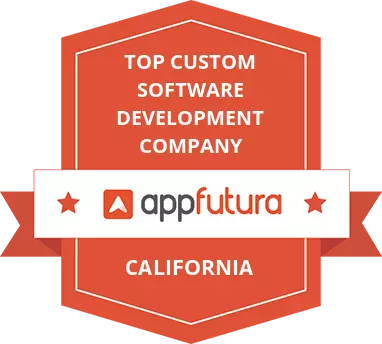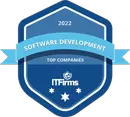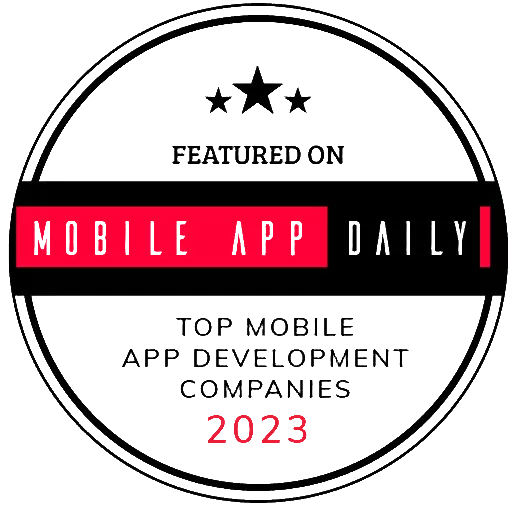Migrating 100,000 Picture Kiosks to a Newer Operating System
Description
A provider of information capturing solutions turned to Altoros to validate the idea of upgrading proprietary picture kiosks to Windows 10, as well as identify potential limitations of maintenance and pairing with iOS/Android devices.
Brief results of the collaboration:
- In 12 weeks, the customer validated the possibility of upgrading 100,000 proprietary kiosks from Windows 7 to Windows 10. With a proof of concept, the company identified key limitations, developed a mitigation strategy, and prioritized the features to implement before a full-scale migration.
- Thanks to the introduced security measures, the provider is now able to prevent unauthorized access to Wi-Fi hotspots, create blacklists for suspicious devices, etc.
- The customer can also configure the picture kiosks via the delivered remote desktop, significantly facilitating maintenance.
The customer
Based in the UK, the company is a global provider of information capture solutions, including hardware and software for digital imaging and management, as well as traditional photographic supplies. In 2021, the organization reported a revenue of $419 million.
The need
Worldwide, the customer had 100,000+ picture kiosks for printing photos sent from iOS/Android devices via Wi-Fi. However, the existing Network Driver Interface Specification for Wi-Fi was developed 15 years ago for hardware running on Windows 7. The outdated technology stack complicated maintenance and pairing with modern mobile devices.
Before a full-scale operating system upgrade, the customer wanted to test the WLAN Device Driver Interface (WDI) on Windows 10 and identify possible limitations. Experiencing a shortage of the necessary talent, the company relied on .NET development expertise at Altoros to deliver a proof of concept (PoC) under strict deadlines.
The challenges
Under the project, the team at Altoros had to address the following issues:
- As any iOS/Android device could connect to the picture kiosks via Wi-Fi, it was important to secure the network from malicious activity.
- Running 100,000 picture kiosks was resource-intensive in terms of electricity, Wi-Fi costs, etc. As such, it was crucial to minimize resource utilization.
- On-site maintenance of kiosks scattered worldwide required the availability of professionals, who sometimes had to travel long distances. This made the whole endeavor time-consuming and inefficient, especially when it came to smallest changes or configurations.
The solution
Stage 1. .NET engineers at Altoros started off with an analysis of non-/functional requirements. Then, the team conducted a thorough research around all the features to be included in the PoC. This helped to identify some key limitations, prioritize a backlog of tasks, and outline an optimal implementation roadmap.
For instance, the developers at Altoros determined that Android devices did not support the Wi-Fi Direct standard, preventing end users from directly connecting to picture kiosks. Then, it was impossible to programmatically enable network bridging in the current Windows 10 version. However, the limitation might be resolved with the release of operating system updates.
Stage 2. One of the security measures delivered was MAC filtering—an ability to create white-/blacklists for MAC addresses. This blocked access for suspicious devices.
Stage 3. The engineers also enabled kiosks to create Wi-Fi hotspots on demand and disable them automatically to save resources. In addition, the hotspots could be configured to accept either single or multiple connections.
Stage 4. Next, the experts at Altoros built a graphical user interface allowing them to configure kiosks via a remote desktop.
Stage 5. To prevent conflicts between kiosks, the team assigned unique IPv4 and IPv6 addresses, netmasks, and network names.
Stage 6. The engineers delivered a detailed report that documented limitations assessment, possible solutions, implemented functionality, etc.
Stage 7. During the development stage, the team at Altoros tested each feature at every iteration to ensure it is functional and free of bugs.
91%
of users print from phone
12 weeks
on developing a PoC
100,000
picture kiosks
The outcome
Partnering with Altoros, the customer validated whether 100,000 picture kiosks could be updated to a new operating system. With a proof of concept delivered in 12 weeks, the company identified crucial limitations, worked out a mitigation strategy, and prioritized features to implement before a full-scale migration. The security measures in place enabled the provider to prevent unauthorized connections, block suspicious devices, etc. Now, it is also possible to remotely maintain the picture kiosks.
Programming languages
C#, PowerShell
Frameworks and tools
Microsoft Visual Studio
Seeking a solution like this?
Contact us and get a quote within 24 hours


























